Swamp rose
Swamp rose (Rosa palustris) blooms in late spring through early summer and attracts a variety of pollinators — especially native bees. Its fruits are consumed by birds and small mammals.
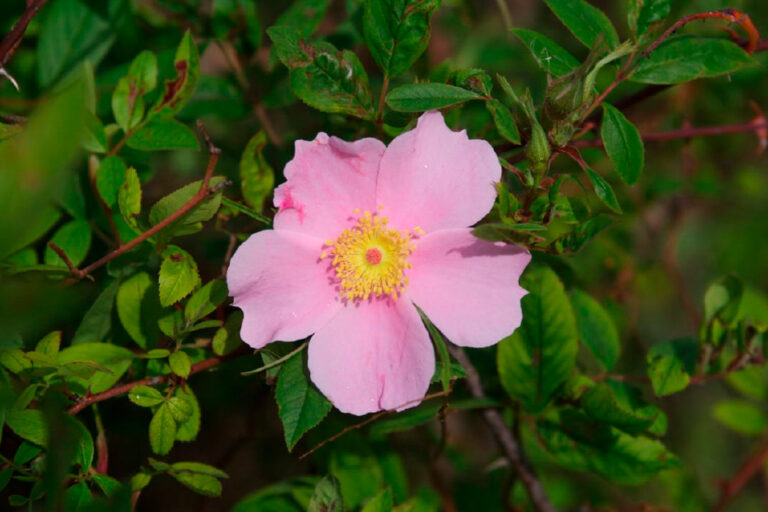
Swamp rose (Rosa palustris) blooms in late spring through early summer and attracts a variety of pollinators — especially native bees. Its fruits are consumed by birds and small mammals.
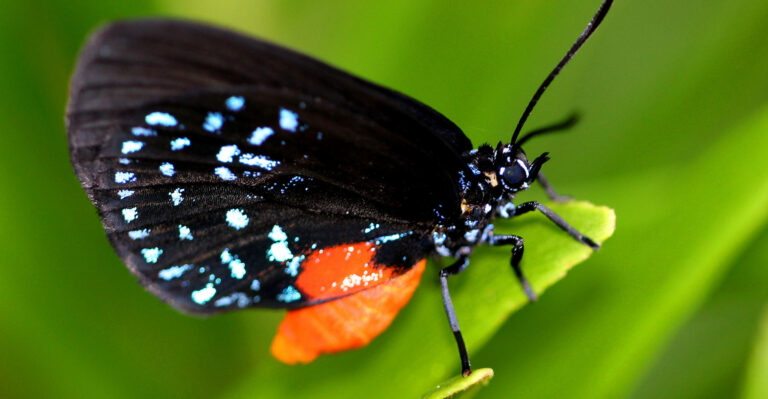
Florida once teemed with Atala butterflies, but overharvesting of the Atala’s host plant, Coontie, caused a drastic decline in butterfly populations. During the mid-20th century, Atalas were thought to be extinct. Now populations are rebounding.
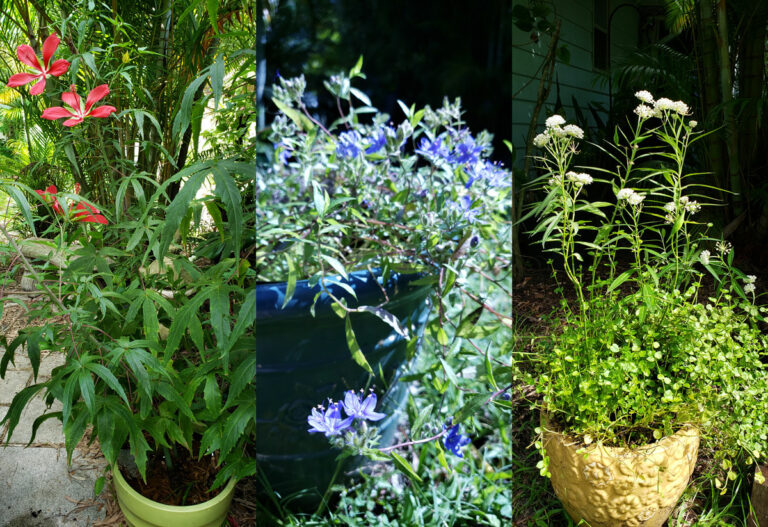
Kirsten Sharp, co-owner of My Dragonfly Garden, shows you how to create an oasis for pollinators by planting pots with Florida’s native wildflowers.
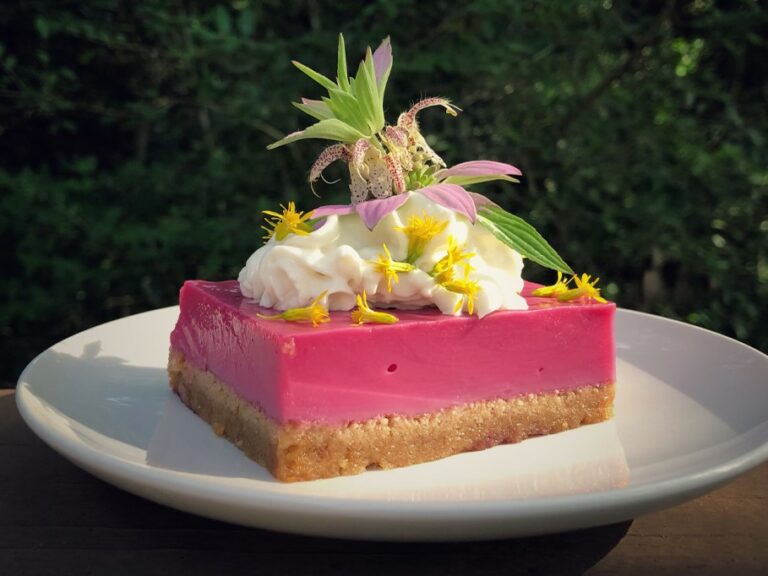
In this webinar, naturalist and forager Betsy Harris guides us through a year of seasonal eating, featuring edible native plants and wildflowers as inspiration for incorporating wild foods into our everyday diets.
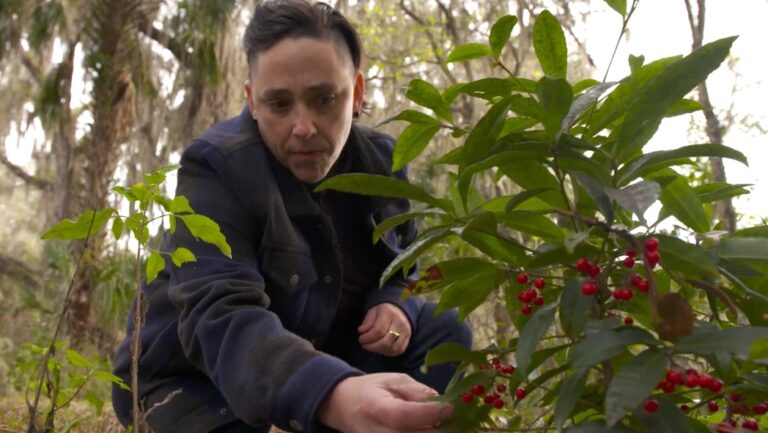
Dr. Deah Lieurance walks you through the steps a non-native species takes towards becoming an invasive species, including the pathways for arrival, what facilitates establishment and spread, and a range of negative impacts.
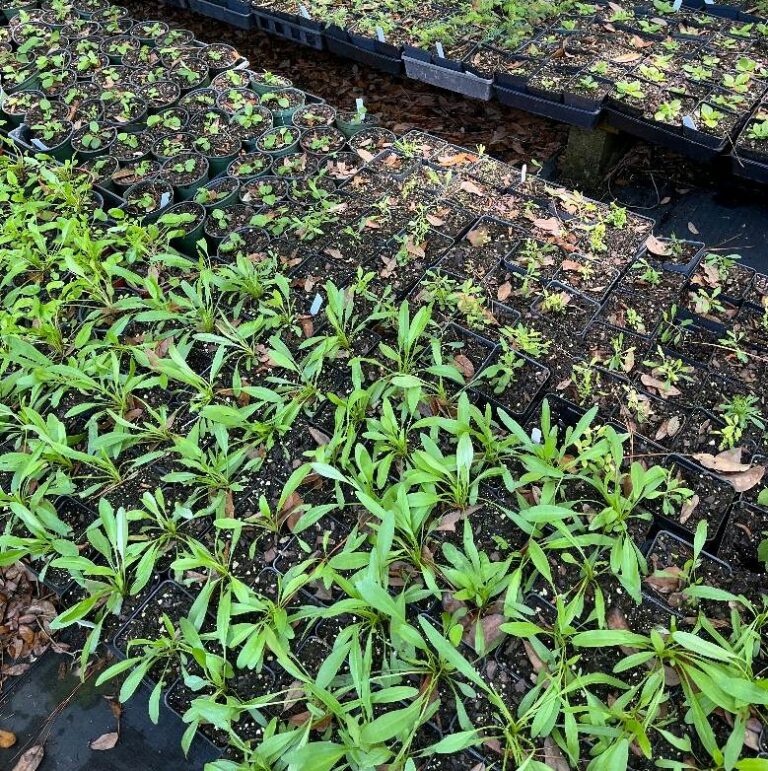
In this webinar, Claudia Larsen shares techniques for collecting and propagating Florida wildflower seeds. A grower for more than 30 years, Claudia uses proven horticulture practices and other methods learned through years of personal experience.
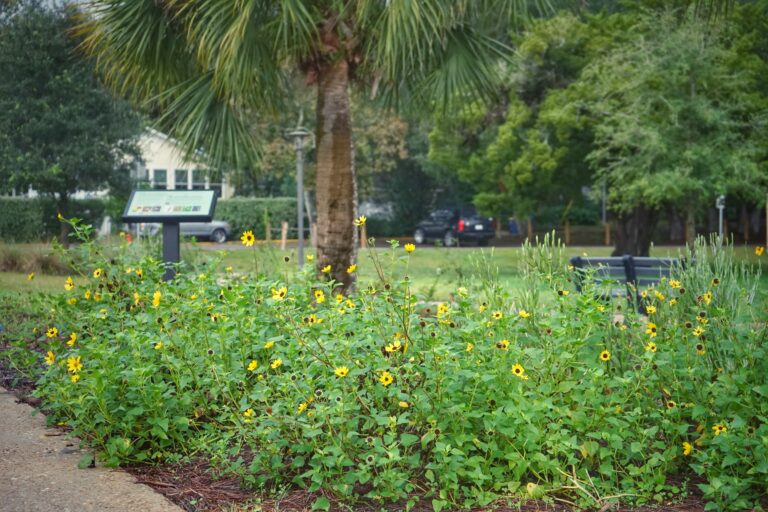
This year, for Giving Tuesday, the Florida Wildflower Foundation is raising money to plant native wildflowers across the state.

Contrary to its name, the Red-spotted purple is neither red nor purple, but a vibrant shade of blue! This butterfly is common throughout the southeastern United States.